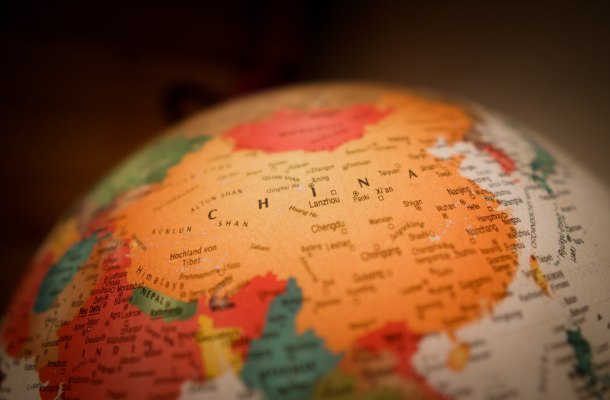
As China's authorities aim to address financial imbalances, such as high local government debt, and transition towards a consumption-led growth model, the likelihood of policy errors has risen.
China's Economic Challenges: Rising Debt, Growth Outlook, and Reforms
China's Credit Rating Downgraded Amidst Balancing Act
The recent downgrade of China's credit rating from "A+" to "A/Stable Outlook" by Scope Ratings in May 2023 reflects the difficulties faced in balancing the continuous increase in public debt and declining growth expectations in the coming years.
Worsening Medium-Term Economic Outlook and Slow Reform Momentum
China's medium-term economic outlook has worsened, placing additional strain on public finances, while the pace of reforms has slowed. The decade leading up to the pandemic saw a rise in debt levels. According to the IMF's narrow definition, China's general government debt increased from 34% of GDP in 2010 to 60% in 2019. In response to the pandemic, fiscal stimulus pushed the debt to 77% of GDP in 2022. Projections indicate that debt may surpass 100% of GDP by 2027.
Shadow Banks and LGFVs Complicate Financial Market Stability
China's centralized economic model, with the government's tight control over various sectors, including banking, can facilitate effective structural reforms. However, the presence of non-bank financial institutions (shadow banks) and local government financing vehicles (LGFVs) adds complexity to forecasting and managing shocks in financial markets and the wider economy. Authorities face challenges in accurately anticipating market reactions, leading to increased policy uncertainty.
Diverging Growth Prospects and Demographic Shifts
China's growth prospects are deviating from the government's target, influenced by significant demographic shifts. The population decline in 2022 and projected future shrinkage pose challenges. China's sustainable medium-term growth potential is estimated at around 4%, falling short of the government's goal of doubling the economy's size by 2035. Lower but sustainable growth targets could alleviate pressure to rely on increased credit for growth, but it might affect domestic political credibility.
Structural Reforms for Sustainable Growth
To maintain credibility and achieve sustainable growth, China needs to fulfill the transition towards a consumption-led economy through necessary structural reforms. These include fostering fair competition between state-owned and privately-owned enterprises, narrowing the urban-rural education gap, reducing local protectionism and administrative barriers, and implementing labor market reforms, such as raising the retirement age and increasing female workforce participation as the population ages.

Subscribe to our daily newsletter and get the best forex trading information and markets status updates
Trade within minutes!
Comment (0)